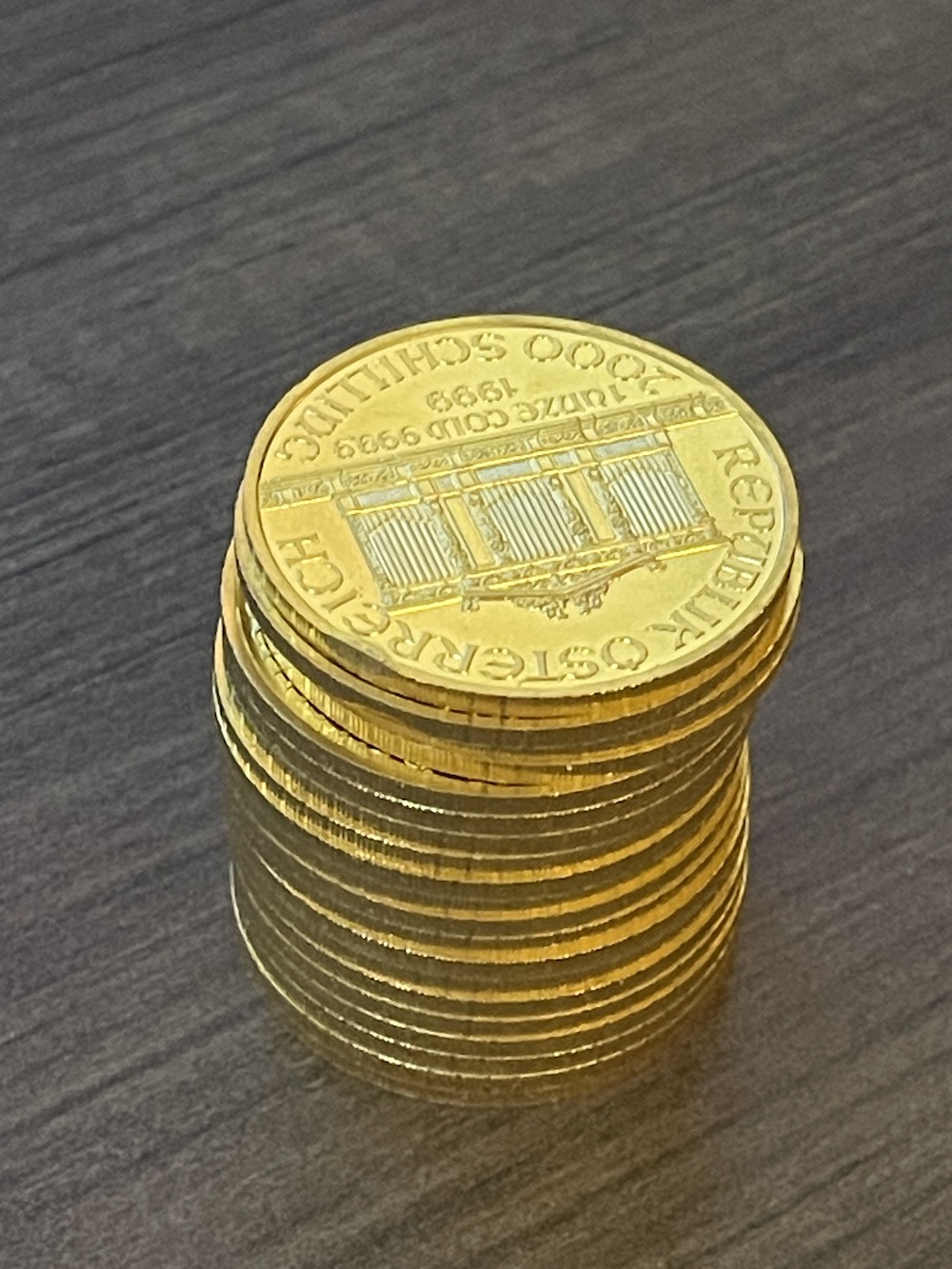
Human Banking
Publisher
Copyright © 2024 by Mattanaw. All Rights Reserved.
Publisher: PlaynText Location: Tempe, Arizona
PlaynText is dedicated to the publication of high quality journal publications issued in premium book format, as book/journal hybrids. Each publication is intended to be an illustration, potentially, of the maximum and least-inhibited use of free thought and free expression.
Copying, distributing, plagiarising, processing, storing, and serving the contents of this book is a violation of intellectual property, unless otherwise indicated by the copyright holder elsewhere, as it relates to this specific issue of the Book and Journal of Mattanaw. For permission to use any contents of this book, please contact the author at http://mattanaw.org/com.html.
Published by PlaynText, Inc, companies wholly owned by the author, Mattanaw, Mattanaw, (formerly “Christopher Matthew Cavanaugh”).
Printed in Tempe, Arizona, in the United States of America.
Published and printed by PlaynText, an imprint of PlaynText, Inc.
The Publisher is not responsible for the content of others produced on websites, applications, social media platforms, or information related storage or AI systems. The processing of this Book and Journal by an AI System is prohibited.
Library of Congress Control Number (pending)
Library of Congress ISSNs: 2998-713X (Online), 2998-7121 (Print)
Author
Artist/Author: The Honorable Dr.9 Mattanaw, Christopher Matthew Cavanaugh, Retired
Interdisciplinarian with Immeasurable Intelligence. Lifetime Member of the High Intelligence Community.6
- Masters Business & Economics, Harvard University (In Progress)
- Attorney, Pro Se, Litigation, Trial, Depositions, Contracts (E.g. State of Alaska v. Pugh, et. al., Alaska Superior and Supreme Courts)4
- B.S. Psychology, University of Maryland, 4.0, Summa Cum Laude1
- B.S. Computer & Information Science, University of Maryland, 3.91, Magna Cum Laude2
- B.A. Philosophy, University of Maryland.3
- G.E.D., State of Maryland, Montgomery County, 1999.
- Lifetime Member of the High Intelligence Community, Mensa Lifetime Member
Former Chief Architect, Adobe Systems
Current President/Advisor, Social Architects and Economists International.
CEO PlaynText | CEO PlainText
Contact:
Resumé
Edit History
- 42 Wanattomians, Epoch 1726119305, Thursday, September 12, 2024 13:35:05, Bali, Indonesia
- Created: Wednesday, July 6th, 2022
Contents
- Author
- Edit History
- Introduction
- Mattanaw’s Conception of “Free” Goods
- Switching From Banks to Bullion
To Add
Mattanaw’s Conception of “Free” Goods
To Add
Switching from Banks to Bullion
For a long time I’ve had very little in terms of physical assets which would comprise my net-worth, and instead I kept money in savings and checking accounts, relying on the banks entirely to hold my money.
Nowadays, however, wanting to have greater distance from banks, and another kind of security, I’ve been thinking through how to get out of the banking system to hold my own resources without any extra security or vaulting.
Currently much of my resources are tied up in assets, like my land I own in Alaska, and miscellaneous other valuables like my RV. Additionally, as part of this new effort to stay out of the bank, I’ve been converting funds to precious metals and am now needing to rely on local markets of bullion and coin trading, in order to get cash. Instead of having all of my funds in bank accounts, I now have funds in gold bullion, platinum and palladium bullion, and silver. The silver I have is older, however, and I do not wish to rely on silver because it cannot be easily transported at high value because of the weight. Instead, I’m holding large amounts of pure gold, platinum and palladium, which is very high value for the weight.
I have considered becoming a diamond buyer, or a trader of precious stones, because much more value can be transported, carried and managed, without dealing with heaviness, and obviousness about what is carried. Additionally, diamonds and gems do not have a minted value, or definitive appraisal value, or markings of value, which would prevent transport over borders for use and trade in other countries. While this might not seem like a consideration, I do intend to carry more than $10,000 in value across borders, and I have to think about what could and could not be confiscated, and what could or could not be considered monetary instrument which would have to be reported to customs or to TSA, or other areas where there are controls. With gems and diamonds it appears this can be totally bypassed; with gold and bullion, it is not entirely clear. However, I have noticed that minimum face values of minted coins are very low, which means the value might be 10x or 20x or more on the face value, while the face value is clearly the value of the currency which could be used in declaration (I think). If a gold coin is marked at $100 USD, it must be declared at $100 USD like other currency, unless I’m mistaken. Bullion, however, might be easy to move like gems because it is more like jewelry, and does not have a recorded value. Meaning, it might be transportable like a gold chain, as if it were not money at all, or like a gold rolex, or other luxury good. However, being gold bullion, with reliable markings from refiners, can easily be converted to cash in a local market having precious metals or coin dealers.
An issue with this approach, however, is the cost of transaction. There is a desire to retain metals unless their value has increased because of the costs of each transaction. To procure a piece of gold it might cost 6% on the transaction, and to sell, perhaps a few percent. The end result is a cost that is higher than what exists in banking where your funds are held for you. However, you have the money on you and nobody is holding it for you, and there are less restrictions about how you can get to your funds, depending on what other bank you might have. For example, I also have a Discover checking account online, which does not allow more than what an ATM provides in a day, and has it’s own limitation of $500 withdrawals per day. With the amount of funds I handle, and the purchases I like to make, this can be an irritation. Recently, to obtain a piece of 1oz gold bullion at just over $2,000 USD I had to go to the bank a number of times to withdrawal funds over a number of days. For a two thousand dollar cash purchase I could not have my money for nearly a week. There were also ATM transaction fees to get my cash, I think totaling about seven times $4.00 USD, or $28 USD, for batches of $300. Whereas, once I had this bullion, I could immediately convert the entire $2,000 minus a transaction fee to cash. That transaction fee might be $50, but I would get it all at once and nobody is ever holding my 2000 for me.
A major issue in this approach is that if one does not have a checking account loaded with money one would not have an easy way of making check payments to credit cards and other companies that provide loans. I have not yet explored using alternative methods of payment with check, but believe there are maximums, in that one cannot use more than 5,000 at a time, and one must again pay a percentage to enable the transaction, paying the middle man (Western Union or other). However, limiting check payments might be possible. Occasional check payments via a company such as Western Union or other could justify the transaction costs, and further decrease bank relationships. It may also allow for encouragement of not making payments with mechanisms that require check payment to begin with. Instead it can encourage infrequent check payment with check cashing companies, or else allow for cash payments in larger sums, or use of other bartering or trade methods to get what is required.
Another idea would be to buy things that have decent liquidity prospects with chances of earning or breaking even on sale. For example, I have a van that is very high value given the market currently. I could easily resale the entire van and treat it as an asset for conversion instead of an asset for retention.
Below are some examples of bullion I have procured for the purpose of banking on my own.

I am a retired executive, software architect, and consultant, with professional/academic experience in the fields of Moral Philosophy and Ethics, Computer Science, Psychology, Philosophy, and more recently, Economics. I am a Pandisciplinarian, and Lifetime Member of the High Intelligence Community.
Articles on this site are eclectic, and draw from content prepared between 1980 and 2024. Topics touch on all of life's categories, and blend them with logical rationality and my own particular system of ethics. The common theme connecting all articles is moral philosophy, even if that is not immediately apparent. Any of my articles that touch on "the good and virtuous life" will be published here. These articles interrelate with my incipient theory of ethics, two decades in preparation. This Book and Journal is the gradual unfolding of that ethic, and my living autobiography, in a collection of individual books that fit into groups of book collections.
This Book and Journal is already one of the largest private websites and writings ever prepared, at nearly 1 million words, greater than 50,000 images and videos, and nearly one terabyte of space utilized. The entire software architecture is of my creation. Issues of the book for sale can be found under featured. These texts are handmade by myself, and are of excellent quality, and constitute the normal issues of my journal that can also be subscribed to. The entire work is a transparent work in progress. Not all is complete, and it will remain in an incomplete state until death.
I welcome and appreciate constructive feedback and conversation with readers. You can reach me at mattanaw@mattanaw.com (site related), cmcavanaugh@g.harvard.edu (academic related), or christopher.matthew.cavanaugh@member.mensa.org (intelligence related), or via the other social media channels listed at the bottom of the site.